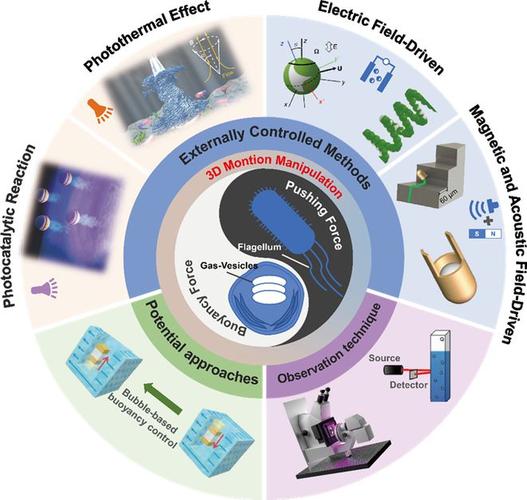
Understanding Advanced Algorithms: A Deep Dive for Eth Developers
As an Eth developer, you’re constantly seeking to enhance the performance and efficiency of your blockchain applications. Advanced algorithms play a pivotal role in achieving these goals. This article will delve into the intricacies of various advanced algorithms, providing you with a comprehensive understanding of their applications in the Ethereum ecosystem.
What are Advanced Algorithms?
Advanced algorithms are sophisticated sets of instructions designed to solve complex problems efficiently. They are the backbone of modern computing, enabling us to process vast amounts of data and perform intricate computations. In the context of Ethereum, these algorithms are crucial for optimizing smart contracts, improving scalability, and ensuring security.

1. Sharding
Sharding is a revolutionary technique that aims to address Ethereum’s scalability challenges. By dividing the network into smaller, more manageable pieces, sharding allows for parallel processing of transactions, significantly reducing the time required to validate and confirm them.
Here’s a brief overview of how sharding works:
| Component | Description |
|---|---|
| Shard | A smaller, independent blockchain that processes a subset of transactions. |
| Shard Chain | The main blockchain that coordinates the activities of all shards. |
| Validator | A node responsible for validating transactions on a shard. |
| Cross-Link | A mechanism that ensures the consistency of data across different shards. |
2. Proof of Stake (PoS)
Proof of Stake is an alternative consensus mechanism to the traditional Proof of Work (PoW) used by Ethereum. PoS aims to reduce energy consumption and improve network security by allowing validators to create new blocks based on their stake in the network.
Here’s a breakdown of how PoS works:

| Component | Description |
|---|---|
| Validator | A node that stakes its ETH to participate in the consensus process. |
| Stake | The amount of ETH a validator has locked up to participate in the consensus process. |
| Randomness | A mechanism that selects validators to create new blocks based on their stake and randomness. |
| Slashing | A penalty imposed on validators who act maliciously or make errors in the consensus process. |
3. Casper the Friendly Finality Gadget (FFG)
Casper FFG is a consensus mechanism designed to improve the finality of Ethereum transactions. It achieves this by reducing the time required to reach consensus on the validity of a transaction, thereby enhancing the network’s overall performance.
Here’s an explanation of how Casper FFG works:
| Component | Description |
|---|---|
| Validator | A node that participates in the consensus process and validates transactions. |
| Committee | A randomly selected subset of validators responsible for creating new blocks. |
| Finality | The point at which a transaction is considered irrevocable and part of the blockchain. |
| Slashing | A penalty imposed on validators who act maliciously or make errors in the consensus process. |
4. Optimistic Rollups
Optimistic rollups are a layer-2 scaling solution that aims to improve Ethereum’s transaction throughput and reduce gas fees. They achieve this by allowing users to make assumptions about the validity of transactions, thereby reducing the need for extensive verification.
Here’s an overview of





